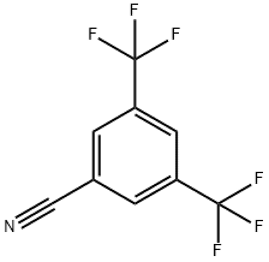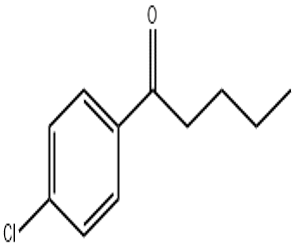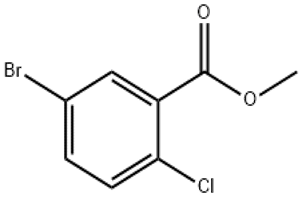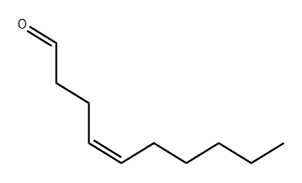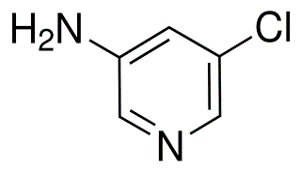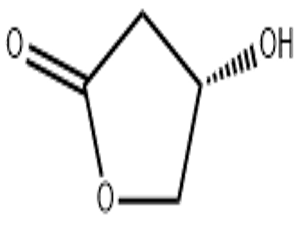Chlorobenzene(CAS#108-90-7)
| Risk Codes | R10 – Flammable R20 – Harmful by inhalation R51/53 – Toxic to aquatic organisms, may cause long-term adverse effects in the aquatic environment. R40 – Limited evidence of a carcinogenic effect R39/23/24/25 - R23/24/25 – Toxic by inhalation, in contact with skin and if swallowed. R11 – Highly Flammable |
| Safety Description | S24/25 – Avoid contact with skin and eyes. S61 – Avoid release to the environment. Refer to special instructions / safety data sheets. S36/37 – Wear suitable protective clothing and gloves. S45 – In case of accident or if you feel unwell, seek medical advice immediately (show the label whenever possible.) S16 – Keep away from sources of ignition. S7 – Keep container tightly closed. |
| UN IDs | UN 1134 3/PG 3 |
| WGK Germany | 2 |
| RTECS | CZ0175000 |
| FLUKA BRAND F CODES | 3-10 |
| TSCA | Yes |
| HS Code | 29039190 |
| Hazard Class | 3 |
| Packing Group | III |
| Toxicity | LD50 orally in Rabbit: 2000 – 4000 mg/kg |
Introduction
Chlorobenzene is an organic compound. It is the product of the substitution of a hydrogen atom on the benzene ring by a chlorine atom. The following is a detailed introduction to the properties, uses, preparation methods and safety information of chlorobenzene:Quality:- Appearance: Colorless liquid or white crystals.- Solubility: Soluble in organic solvents such as ethanol and ether, insoluble in water.- Chlorobenzene exists in a variety of isomers, such as O-chlorobenzene, M-chlorobenzene, and p-chlorobenzene.Use:- Industrial Use: Chlorobenzene is widely used in organic synthesis reactions and industrial production, where it can be used as a solvent, antimicrobial, flame retardant, pesticide, pickling agent, etc.- Laboratory Uses: Chlorobenzene can be used as a solvent and reaction intermediate for organic synthesis experiments.Preparation method:The main preparation methods of chlorobenzene are as follows:- Direct chlorination: Chlorobenzene is obtained by heating benzene with chlorine gas. For example: C6H6 Cl2 → C6H5Cl HCl.- Carbon chlorination: Chlorobenzene is obtained by reacting benzene and carbon tetrachloride in the presence of aluminum chloride catalysts. For example: C6H6 CCl4 → C6H5Cl HCCl3.Safety Information:- Chlorobenzene has certain toxicity and is harmful to the human body and the environment. After entering the human body, it can cause health hazards through inhalation, ingestion or absorption through the skin.- Long-term or heavy exposure to chlorobenzene can lead to damage to organs such as the central nervous system, liver, and kidneys, leading to health problems.- When using chlorobenzene, take personal protective measures, such as wearing protective gloves, face shields, and protective glasses, to ensure a well-ventilated working environment. Attention should be paid to observing relevant safety operating procedures.



